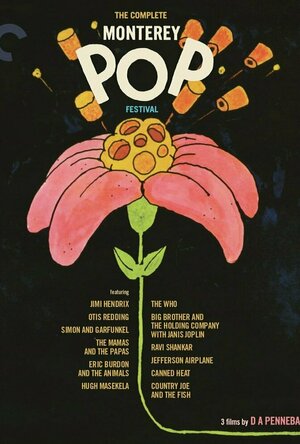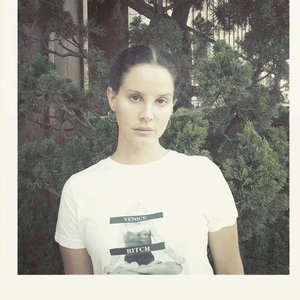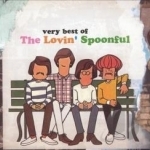
Trebel Music - Song Downloader
Music and Games
App
iOS 8.0 or GREATER REQUIRED. Please send questions to: hello@trebelmusic.com TREBEL is a music...
Allison Anders recommended Monterey Pop (1968) in Movies (curated)

Hungarian & Hungary Radio Stations Online
Music and Entertainment
App
*** TOP Hungarian Radios App *** Listen to Hungary radios for Free on your mobile device.This Radio...

50in1 Piano HD
Music
App
Learn to play the piano, create your own songs and even sing to your compositions! 50in1 Piano HD...
Kirk Bage (1775 KP) rated Norman F**king Rockwell by Lana Del Rey in Music
Mar 3, 2020
I had all but given up hope of her becoming an artist of real worth by the end of the decade. It was a case of “remember when Lana Del Rey was the next big thing?” So, I was not expecting her sixth album to be not only very very good again, but potentially her best work to date, even surpassing Born To Die! You could hear it on the first listen – which for me took till December last year, despite its late August release. The reviews had been great, the award nominations rolled in and my attention was caught by this artist once again.
It took only a handful of listens before I had decided this was a great album! And now I am playing it a couple of times a week, continuing to get more out of the lyrics every time. It also plays really well as quiet background music, or loud, as a melancholy rock-out – a trick that isn’t easy to achieve. Her knowing nod to pop culture references, and the divine mixture of 50s Americana, folk and blues, can be a wonderful thing when it works. With six singles already released, there is proof this album has a more solid backbone tune-wise than the previous four efforts.
The task now is making her brand popular again in the singles market, as not one of the six released made it into the top 40, either stateside or in UK. However, the album was #3 in America and #1 in the UK, which gives me more hope that what we are seeing is the maturing of a genuine music artist, and not just an act, existing for sales. There are many, especially solo female artists, that could follow that example; worry more about making good music and less about “the product” and great things can happen.
For me, I love tracks 1-5 played in that order: they are all great tunes, and Venice Bitch at a playing time of 9:38 is an epic pop opus that makes me want to stand up and applaud! The final track, Hope is a Dangerous Thing for a Woman Like Me to Have, But I Have It, is also highly praiseworthy, summing up the message of the whole work beautifully. And it is a fine, honest, feminist, strong yet always vulnerable message. California is a long way away from my world, but I feel I know what she is talking about, somehow.
Look out also for some mesmeric retro home-movie videos on YouTube that segue some of the songs into a dreamy montage. Big fan!

Video Mate: Music Playlist & TubeMate Audio Player
Lifestyle and Music
App
Welcome to Free Music for Youtube Player gives you access to all of YouTube music videos, music...



